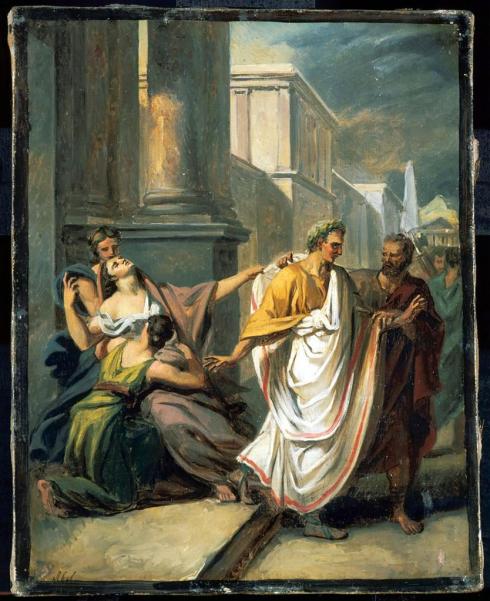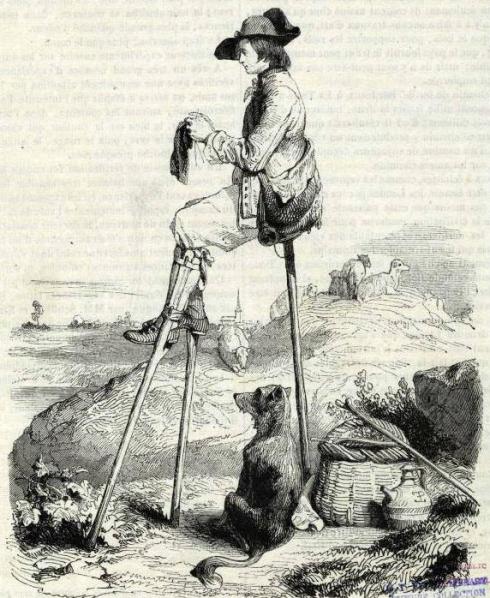I used to disdain what I call “anniversary history”–the commemoration of historical events only on their centenaries, a temporary historical consciousness–as not serious and media-driven: a History Channel approach to history. I tried to engage in a bit of anniversary myself back in 2012, and the results were indeed a bit superficial! I still believe that “history” happens every day and everything is “historical” but I also realize that it’s impossible for the average person to go about their day (or their life) in a historical fog so the marking of anniversaries of events large and small, public and private, and global and local is important, and even necessary. They make people stop and think about the past–and its relation to the present–at least for a little while.
From my perspective(s), 1914 promises to be a big year for anniversary history: this summer marks the centenary of both the Great Salem Fire and the beginning of World War I in Europe. Over there, commemoration of the latter has already begun in earnest and will intensify over this year; I expect American engagement will really commence in 2017, the centenary of our entry into the Great War (although President Obama visited Flanders Fields a few days ago). This coincidence of local and global “Great” events is interesting to me because it mirrors historiographical and cultural trends, and because both events were so very disastrous, testing the mettle of men and women in myriad ways. Here in Salem, we began our commemoration of the 1914 fire last night with a presentation by the scholar Jacob Remes, author of the forthcoming Disaster Citizenship: Urban Disasters and the Formation of the North American Progressive State, to a standing-room-only crowd at the National Park Service Visitor Center (the former drill shed, or what remains of the Salem Armory, where the Fire relief efforts were based). Remes’ focus, on the aftermath of the fire both in the camps (where fire refugees were called “inmates”!) and the rebuilt factories a bit later, bridged the local and the global with its emphasis on labor, and started us off on a thoughtful and reverent note. There will be a centenary symposium in June, on the weekend before the date of the Fire (June 25) and just before the commemoration of the Great War really kicks off across the Atlantic.
Faces of the Great Fire and the Great War: In Salem, after the Fire, unidentified men and Mrs. Henry Reed and her daughter Helen, from the Dionne Collection at the Salem State University Archives and Special Collections; Soldiers of the West Yorkshire Regiment sitting in a captured German pillbox awaiting their orders at the Battle of Polygon Wood, 1917, Ministry of Information First World War Official Collection, Imperial War Museums: ©IWM (Q2903).



































































